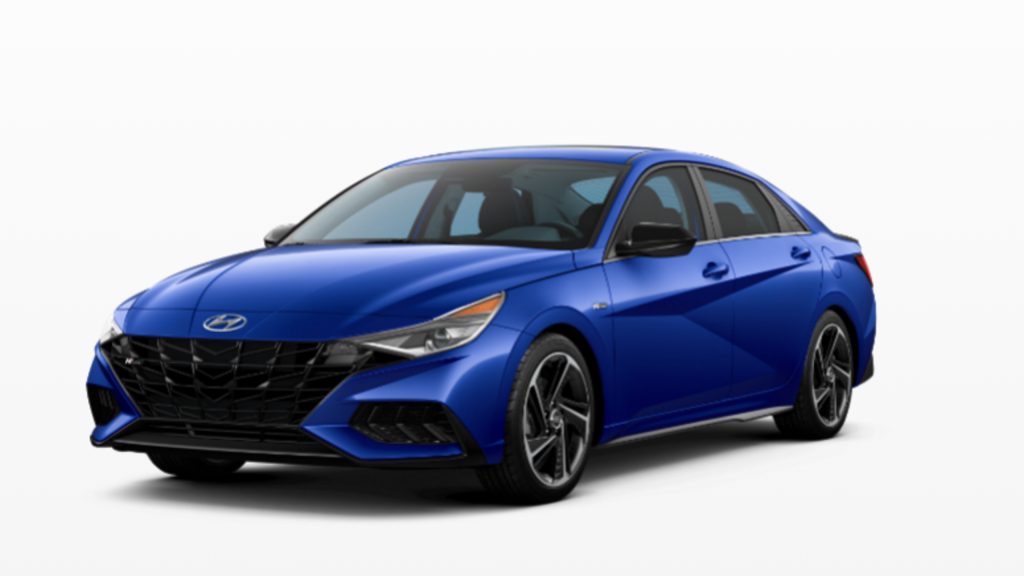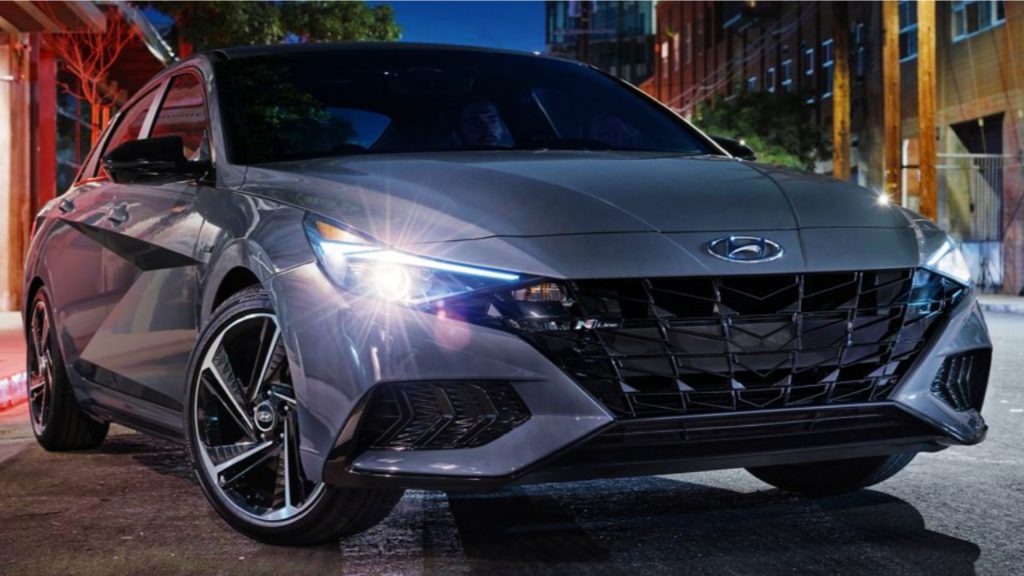Hyundai isn’t exactly known for performance. The Korean automaker does many things well, but its focus has mainly been on producing affordable sedan and SUV options. The brand has experienced great success with the Hyundai Kona subcompact SUV. Now, it’s looking to shake things up with a new sports trim of one of its most popular nameplates, the Hyundai Elantra.
The Hyundai of old
Hyundai is far from the brand consumers look to for performance or sport vehicles, but the brand is slowly remaking its image. Hyundai has its own luxury brand, Genesis, but still has more to offer in terms of powerful vehicles. The N badge is Hyundai’s way of dabbling in sports models while still maintaining its bread and butter.
The Hyundai of old has thrived on producing dependable, affordable cars and SUVs. In 2012 the Hyundai Elantra won Car of the Year at the North American International Road Show. The company has always produced quality vehicles, but they are rarely the flashiest or most exciting compared to their competitors.
The N badge is Hyundai’s chance to spice things up and deviate from the Korean automaker’s normal proven formula. The Hyundai Veloster has already been offered in N packages to consumers. The Hyundai Kona N has been teased. Soon drivers will have a chance to grip the steering wheel of a Hyundai Elantra N.
Why the Elantra N is big news

The Hyundai Elantra has existed since 1990. Several generations later, the compact sedan is still one of Hyundai’s best-sellers. It is Hyundai’s old faithful, and the fact that the brand is willing to give it a major upgrade is exciting. So what will the dependable and arguably bland compact sedan look like with a power boost?
The 2021 Hyundai Elantra base model makes a measly 147 maximum horsepower. It is the typical Elantra because it is exactly what consumers expect and does the job for folks who don’t mind the lack of speed. The Hyundai Elantra N is the Elantra consumers have dreamed of for years. Can the Korean automaker successfully make a car that is sporty, luxurious, and affordable?
The Elantra of your dreams

The new Hyundai Elantra N-Line is the Elantra consumers have always wanted because it delivers the one thing the nameplate has been missing for so long: performance. The 2021 Elantra N-Line makes 201 max horsepower, which is much more than the base model Elantra but still not as powerful as other competing engines. The new Elantra N promises to be much sportier.
According to The Drive, the new Hyundai Elantra N is estimated to make closer to 275 horsepower, a major improvement from its predecessor. It should be able to go from 0-60 miles per hour in just five seconds. Consumers will soon be able to purchase the wicked-fast Elantra they never knew they needed. The big question is, will the popular nameplate and performance enhancements be enough for the new Hyundai Elantra N to break into the performance car market, or is the new Elantra just a quirky one-off that competitors will eclipse?
RELATED: 3 Reasons the Hyundai Elantra Is Better Than the Toyota Corolla
The post Hyundai Unveils New 2022 Hyundai Elantra N appeared first on MotorBiscuit.

